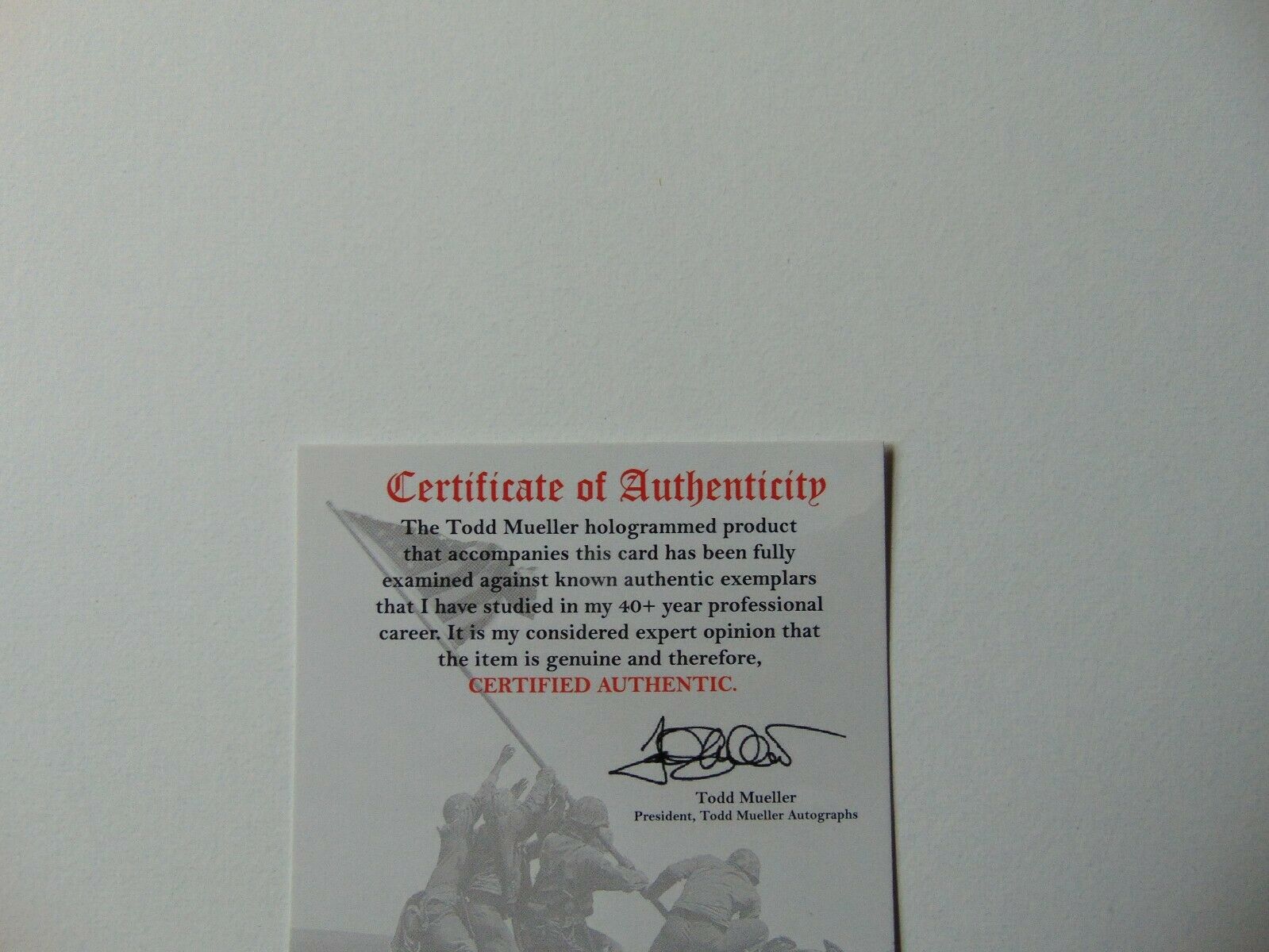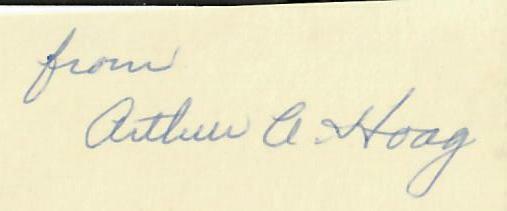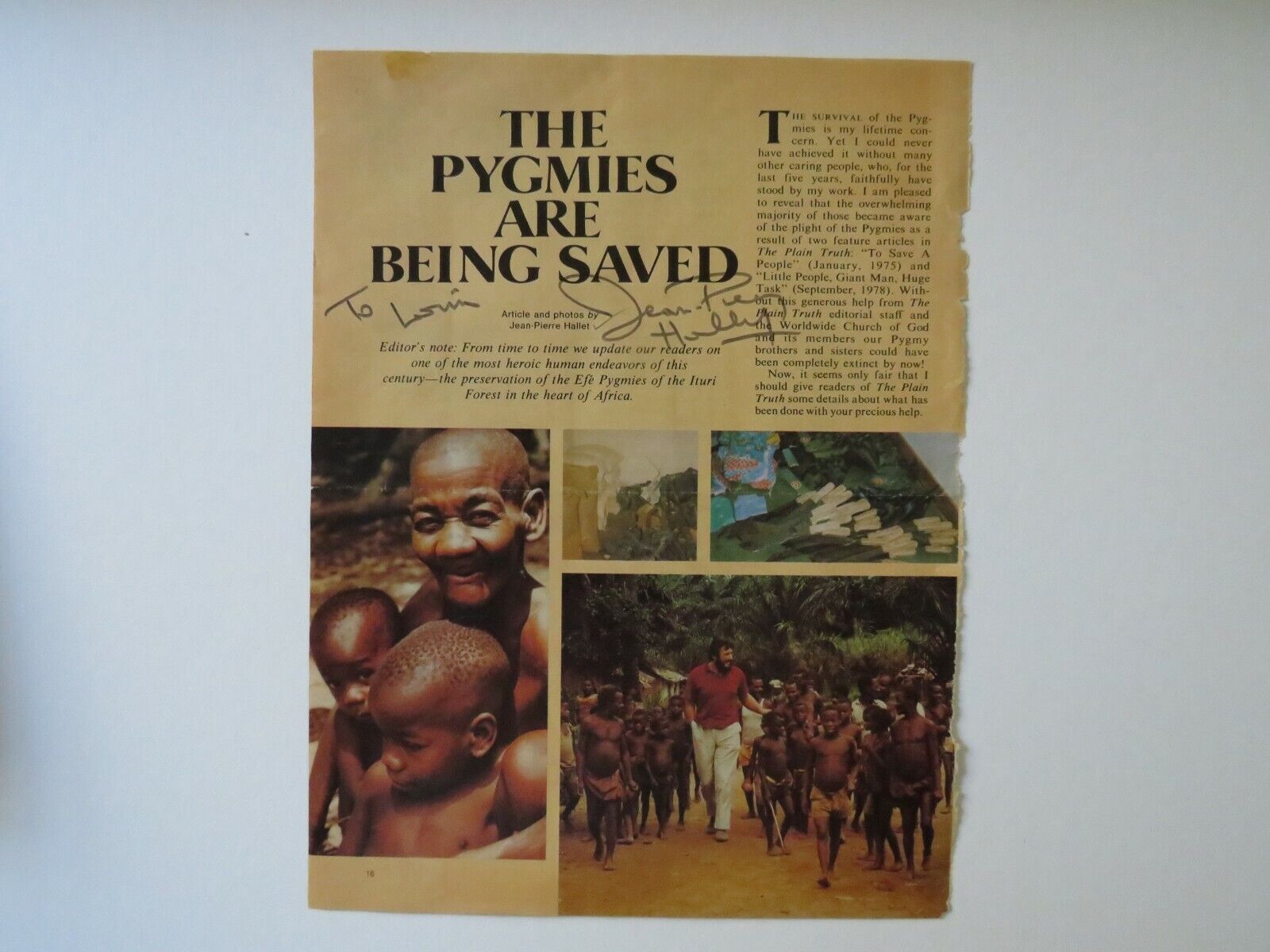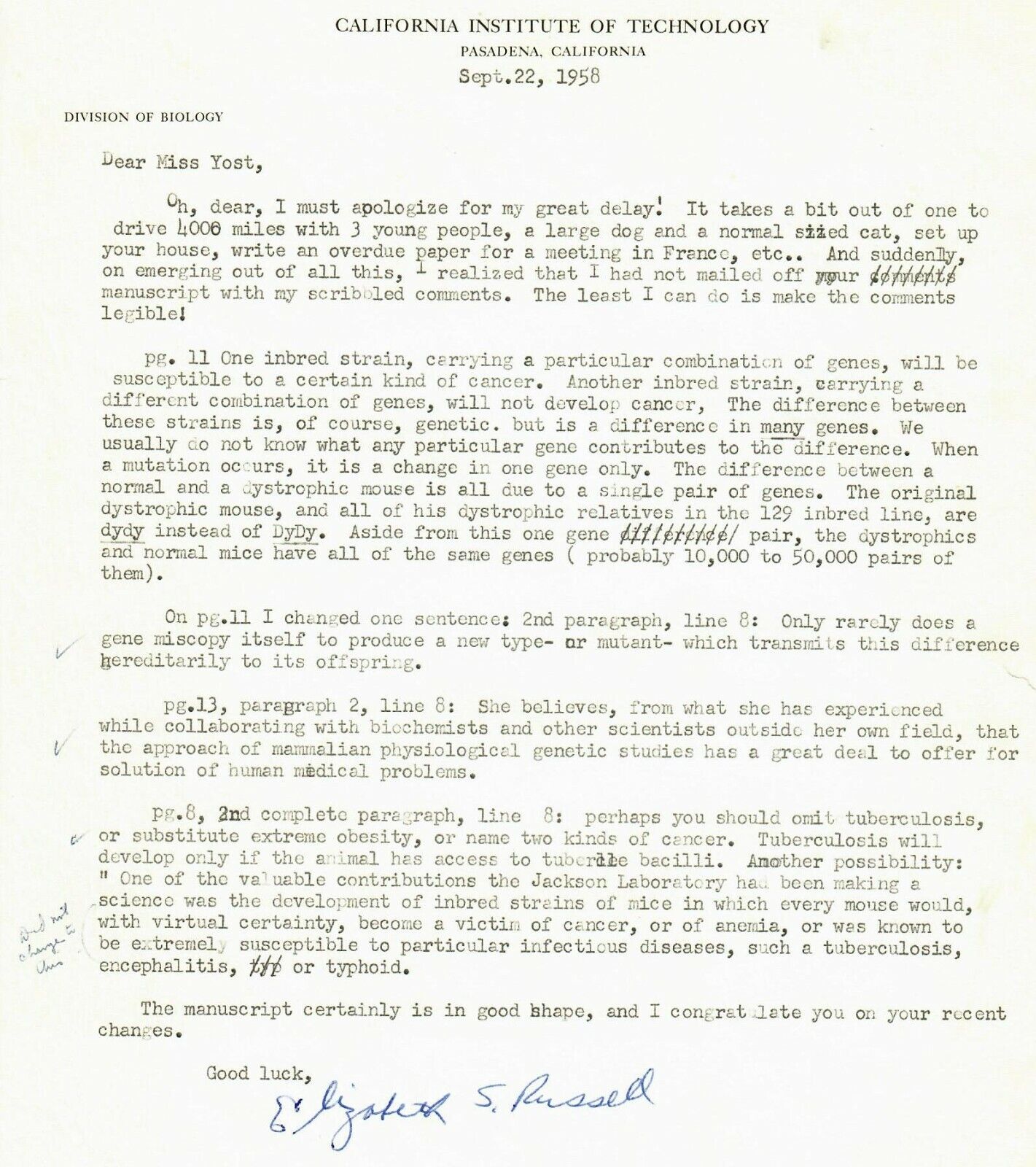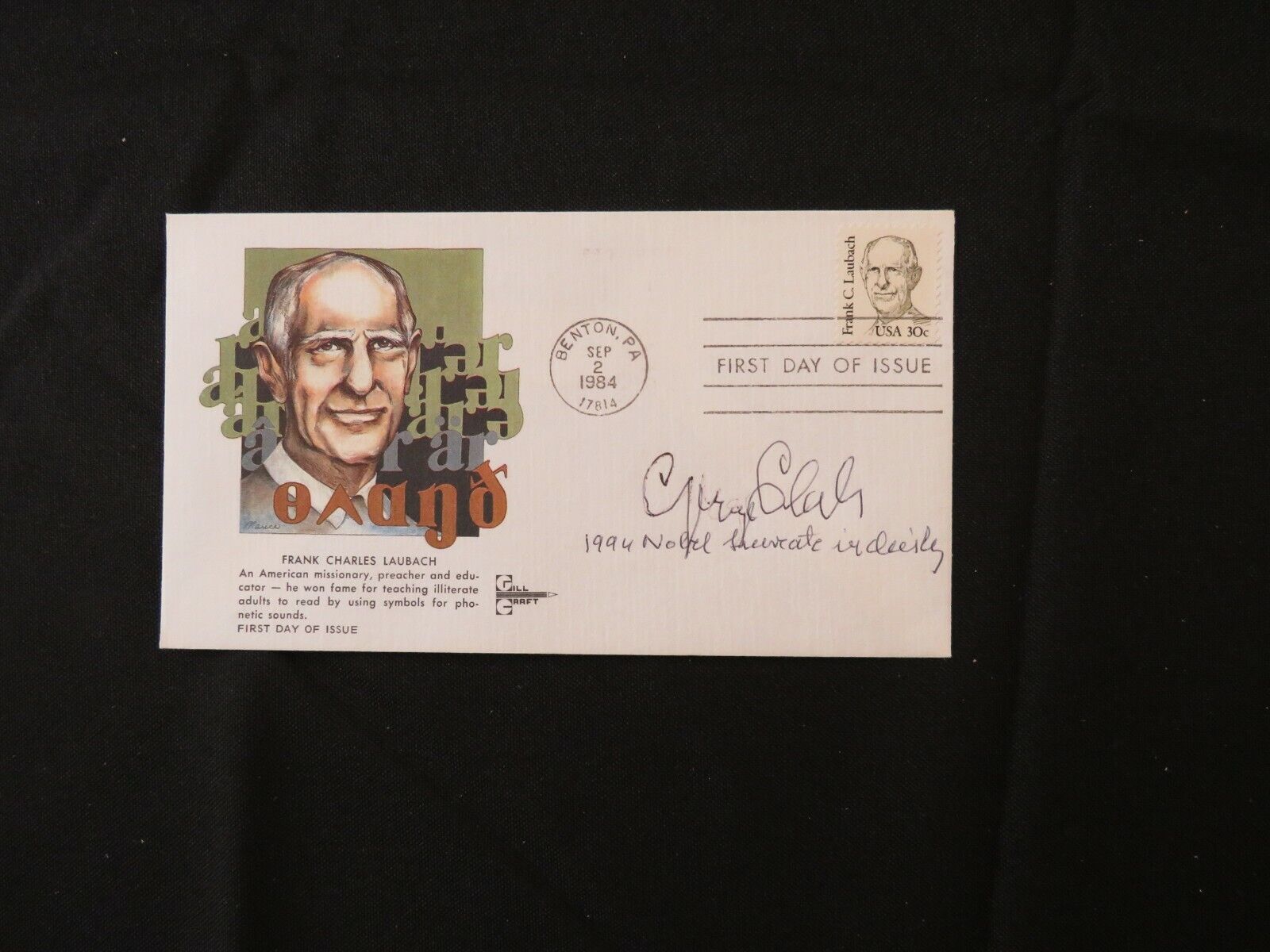-40%
RARE! "Schizophrenia" Ralph Gerard Hand Signed 3X5 Card Todd Mueller COA
$ 258.71
- Description
- Size Guide
Description
Up for auction aRARE! "Schizophrenia" Ralph Gerard Hand Signed 3X5 Card.
This item is certified authentic by Todd Mueller Autographs and comes with their Certificate of Authenticity.
ES-4632E
Ralph Waldo Gerard
LLD DLitt (7 October 1900 – 17 February 1974) was an American
neurophysiologist
and
behavioral scientist
known for his wide-ranging work on the
nervous system
,
nerve
metabolism
,
psychopharmacology
, and biological basis of
schizophrenia
.
Gerard was born in
Harvey, Illinois
. He was a grandson of Rabbi
Yaakov Gesundheit
and a cousin of investor
Benjamin Graham
.
[2]
Gerard was an uncommon intellectual and was encouraged in science by his father Maurice Gerard, who received an engineering degree in England, then moved to America to work as an engineering
consultant
. Maurice encouraged Ralph in
mathematics
and
chess
. In his teens, Ralph beat the American chess champion playing simultaneous matches in Chicago. He completed
high school
in two years and entered the
University of Chicago
at age fifteen.
[3]
Ralph was a member of the
Pi Lambda Phi
fraternity.
In Chicago, Gerard studied
chemistry
and
physiology
. In chemistry, he was influenced by
Julius Stieglitz
and in physiology and neurophysiology he was influenced by
Anton Carlson
and Ralph Lillie. He received his
B.S.
degree in 1919, and a doctorate in physiology in 1921 at the
University of Chicago
. Shortly thereafter he married the psychiatrist Margaret Wilson, who had just completed her doctorate in
neuroanatomy
. She became an outstanding practitioner of
child psychiatry
until her death in 1954.
[5]
Gerard started as professor of physiology at the
University of South Dakota
, but returned to the
Rush Medical College
to finish his medical training where he received his M.D. degree in 1925. Afterwards he went to Europe on a National Research Council Fellowship for two years to work in
biophysics
and
biochemistry
with
A. V. Hill
in
London
and
Otto Meyerhof
in
Kiel
.
He returned to the University of Chicago in 1928 where he worked in the Department of
Physiology
until 1952. For two years he was professor of neurophysiology and physiology in the College of Medicine, at the
University of Illinois
. During the
Second World War
he was seconded to do classified research at the
Edgewood Arsenal
.
In 1954 Gerard was Fellow at the
Center for Advanced Study in the Behavioral Sciences
in Stanford California. In January 1955 he married Leona Bachrach Chalkley, whom he had known since high school. They moved to the
University of Michigan
in
Ann Arbor
, where he helped to establish the Mental Health Research Institute. In the next years, the institute grew to be one of the outstanding behavioral and psychiatric research centers of the nation. In the last phase of his active career he concentrated on education.
[8]
He helped to organize the newly forming Irvine campus of the
University of California
, and became the first Dean of its Graduate Division until his retirement in 1970. Even in this phase Gerard did not abandon his love of the
neurosciences
; he initiated the activities, under the auspices of the
National Academy of Sciences
, which led to the founding of the highly successful
Society for Neuroscience
. He was made Honorary President of this Society. At age seventy he retired, thence dedicating his time to civil affairs. Gerard received many honors, including a medal from
Charles University
in Prague, the Order of the White Lion (4th class) of
Czechoslovakia
, honorary membership in the
American Psychiatric Association
and the Pan Hellenic Medical Association; membership in the
American Academy of Arts and Sciences
and the
National Academy of Sciences
; a D.Sc. from the
University of Maryland
in 1952; and an honorary M.D. from the
University of Leiden
in 1962, at the time of the XXII international Congress of Physiological Sciences.
The
Ralph W. Gerard Prize in Neuroscience
honors an outstanding scientist who has made significant contributions to neuroscience throughout his or her career.

